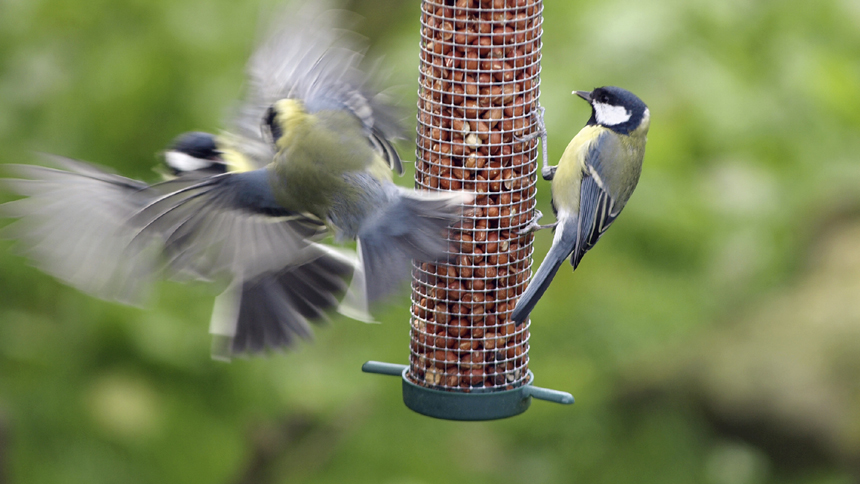#TuesdayTips - encourage more wildlife into your garden
For those wildlife lovers among you, Julie Johnson, award-winning landscape designer with Environ Communities has put together some helpful tips and easy changes you can make to your garden that can help provide the right environment for a variety of creatures.
Select a wide range of native trees and shrubs, plus a mixture of flowering plants and vegetables to provide food for animals throughout the season and encourage a diversity of insects. Flowers provide pollen and nectar for bees, butterflies and other insects that are essential for fertilisation.
Create a compost heap as it provides shelter for reptiles and hedgehogs. A pile of rotting wood is good for stag and bark beetles and woodlice. It also provides essential cover and hibernation sites for a variety of species.
 Garden birds can be encouraged by offering fresh water and supplementary food which in winter especially is particularly welcome. Nuts, sunflower seeds, kitchen scraps fat balls, or pet shop seed mixtures are all good. Just make sure feeding tables are not accessible to cats and squirrels.
Garden birds can be encouraged by offering fresh water and supplementary food which in winter especially is particularly welcome. Nuts, sunflower seeds, kitchen scraps fat balls, or pet shop seed mixtures are all good. Just make sure feeding tables are not accessible to cats and squirrels.
To encourage butterflies, plant groups of the same flowers together so they are easy to find and leave areas of longer grass, nettles (which caterpillars of the Red Admiral eat) and brambles all of which creates a supply of food and egg-laying environments, plus shelter for small mammals such as hedgehogs, wood mice, voles and shrews.
Do not kill off all the caterpillars and other insects in your garden! Instead install insect “hotels” which offer a variety of environments. They can be built with old wood, loose bark, and hollow stems such as old bamboo canes.
Do not light your garden. Lights will deter bats which require dark corridors to navigate at night. If you do, use only LEDs in a warm white or terracotta that shine downwards with a narrow beam and set on a sensor.
Install a pond with a shallow sloping edge to enable easy access to both water and land for reptiles such as newts, and a slightly boggy area around part of the edge of the pond is great for toads and frogs. Plant native flowers and reeds in and around the edge to provide food and shelter for a variety of reptiles and insects. A pond may also attract waterfowl. Birds such as swallows and house martins will pick off insects from above the water surface and use muddy areas for nest building.
Try not to use chemicals, instead, use natural predators. Hedgehogs eat snails, slugs and other pests which can cause damage to plants. Avoid using slug pellets because the pellets can also kill hedgehogs and other wildlife you are trying to encourage. Slugs dislike crawling over gritty surfaces such as crushed eggshells and coffee grounds. Or try copper bands, sandpaper or even seaweed! Companion planting of Rosemary, Rue or Fennel will also help deter those pesky snails.